Both spoken language and sign language are capable of communicating a great deal of information, but they have a limited physical range. American Indian hunting parties, for example, often needed to communicate across long distances to coordinate their hunts, and this communication needed to be quiet so as not to alert the game to the presence of the hunters. War parties faced similar challenges. American Indians, therefore, developed several long-distance signaling systems utilizing smoke, fire, mirrors, and body gestures.
In his chapter on nonspeech communication systems in the Handbook of North American Indians, Allan Taylor writes:
“Generally speaking, distance signaling was capable of transmitting only limited kinds of information: meanings were either conventional, for example, announcing the presence of game or enemies, or else specific, assigned by prior agreement to particular signals.”
The most stereotyped form of long-distance communications is the use of smoke-signals. Unlike the Plains Indian Sign Language which facilitated intertribal communication, there was no standard set of meanings for the puffs of smoke used in smoke signals. Each tribe established its own set of signals.
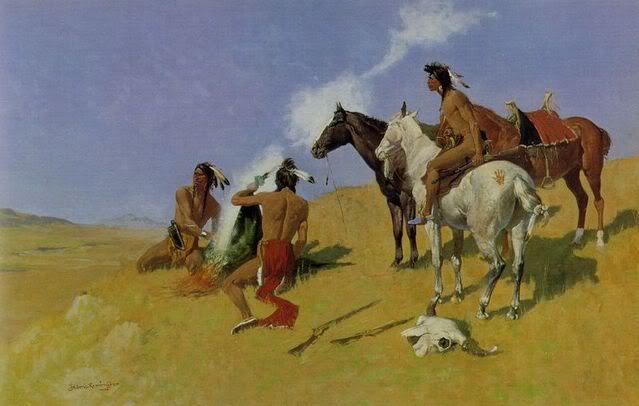 Shown above is a Frederick Remington painting of Indians sending smoke signals.
Shown above is a Frederick Remington painting of Indians sending smoke signals.
In making the smoke signals, different fuels were used to produce different kinds of smoke. Damp leaves and dung would be used to produce dark smoke, while wood and some dried grasses tend to produce a white smoke. To produce different puffs or streams of smoke, a wet blanket or hide would be placed over the fire and then removed. On the Plains, smoke signals could be visible as far away as fifty miles. In his 1927 book The Indian How Book, Seneca archaeologist Arthur Caswell writes:
“On clear days these puffs of smoke could be seen at great distances, and by means of relays, the messages could be sent great distances, across the plains, over rivers and over mountains.”
Among the Karankawa of South Texas, more than 20 different kinds of smoke signals were used. These smoke signals included columns, spirals, zig-zags, and diverging lines. Arthur Caswell also suggests that a dot-and-dash code may have been used:
“By a dot and dash system, much like telegraphy, numerous messages could be sent.”
Writing in 1873 about the Southeastern Indian tribes in his book Antiquities of the Southern Indians, Particularly of the Georgia Tribes, archaeologist Charles Jones reported:
“In order to facilitate the rapid communication of intelligence, upon an emergency, the Southern Indians erected conical earth-mounds upon commanding points, such as the tops of hills, or elevated river-points. Fires kindled upon their summits could be readily recognized and interpreted.”
In this way, they would communicate rapidly over fairly long distances.
For long-distance communication at night, fires were used. Arthur Caswell writes:
“Night signals were produced by means of fire. By making a brisk flame and then smothering it for a moment, a series of dots and dashes could be produces. Torches were also waved in accord with a given code.”
In addition to smoke signals, Indian people also used signal mirrors. Arthur Caswell writes:
“By means of reflecting surfaces afforded by sheets of mica or polished quartz, and even plates of native copper, the prehistoric Indian could send his heliograms to considerable distances and have them relayed to any given point agreed upon.”
The number and kinds of flashes were used to symbolize the communication. Mirror signals were commonly used by hunting scouts to indicate the type, number, and location of game. Similarly, war party scouts used mirrors to indicate information about the enemy. Among the Plains Cree, for example, many of the warriors carried a mirror, often in a beaded buckskin pouch, around their necks. The members of the group would agree in advance as to the meanings of the different flashes.
In addition to hunting and war, mirrors were also used to communicate between lovers.
In the Southwest, the Ancestral Puebloans (also called Anasazi) – the ancestors of the modern Pueblos –constructed stone towers which facilitated signaling with smoke signals, fires, and mirrors. In the Chaco Canyon area of New Mexico, archaeologists have found several related mesa-top signal stations that provide for line-of-sight communications—presumably by smoke, fire, or reflected light. Fires were used for communicating at night, while during the day they would use smoke signals or mica mirrors. Chacoan society had an integrated system of instant communications. Archaeologists estimate that messages could be flashed throughout the Chaco Canyon area of New Mexico in just a matter of minutes, which enabled them to start ceremonies in several pueblos nearly simultaneously.
In other parts of the Ancestral Puebloan world, such as the pueblos in Colorado and Utah, stone towers served as a line-of-sight communication system to link the pueblos together. While these communication systems could have helped warn of possible enemy attacks, they also could be used to coordinate important ceremonies such as solstices and lunar maximums.
At the Mule Canyon Pueblo in Utah, the signal tower is linked to a kiva—an underground ceremonial chamber—with a tunnel which may have been used ceremonially. Stone towers in other pueblos in the area were used as a part of the visual communications system which used mirrors, crystal reflectors, fires, and smoke signals to tie the area together.
Another form of long-distance communication involved the use of body signals. Different gestures and postures were used by scouts and lookouts to communicate with the main band. Body signals included the use of blankets. For example, Arthur Caswell reports:
“To signal halt, the end of the blanket is waved downward several times.”
Throughout North America, Indian people devised many methods for communicating effectively across fairly long distances. These different long distance communication systems were important for activities including hunting, warfare and defense, and for coordinating ceremonies.
Indians 101/201
Indians 101/201 is a series exploring American Indian histories, cultures, and current concerns. Indians 201 is an expansion of an earlier essay. More from this series:
Indians 101: 500 Years Ago, 1519
Indians 101: Some Inuit Carvings (Art Diary)
Indians 101: The Eastern Woodlands Culture Area
Indians 201: Sealth (Seattle), Suquamish/Duwamish Leader
Indians 101: Murdering a Peaceful Chief, Peopeo Moxmox
Indians 201: Choctaw Migrations
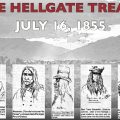
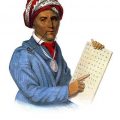
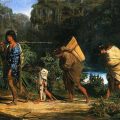
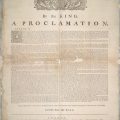
Leave a Reply